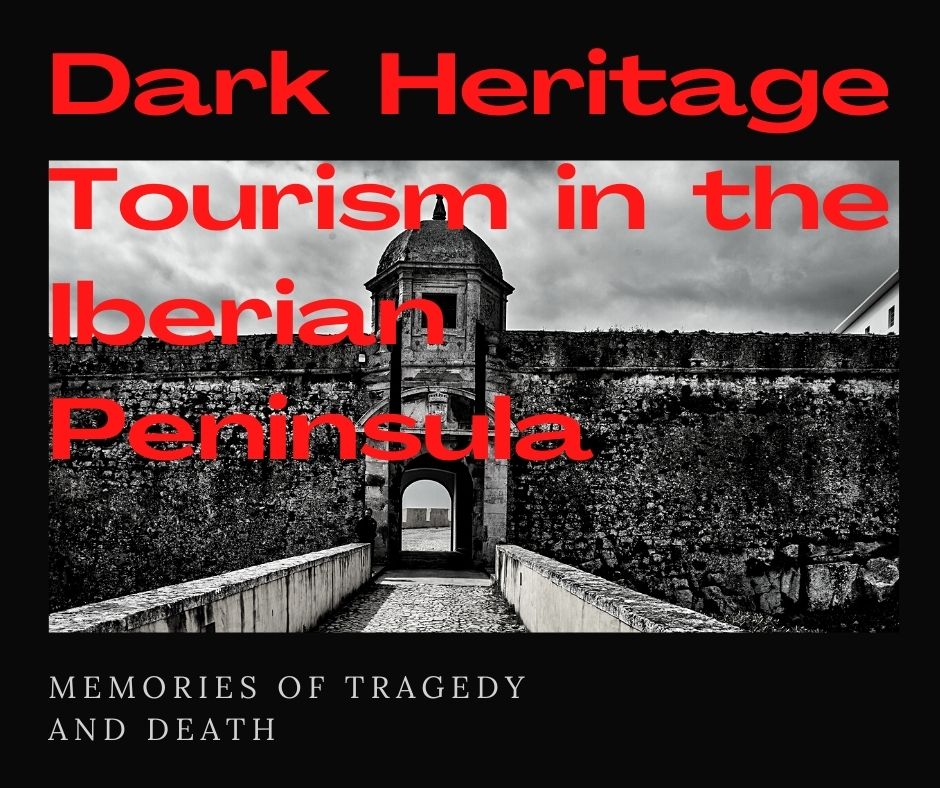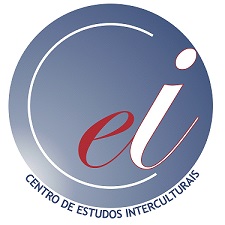
Loosely defined by Stone (2006) as “the act of travel to sites associated with death, suffering and the seemingly macabre” (apud Sharpley, 2009: 10), dark tourism has received increasing scholarly attention since the publication of Tunbridge and Ashworth’s seminal work, Dissonant heritage – The management of the past as a resource in conflict (1996). A substantial body of academic work has in fact been produced by researchers coming from a variety of fields, including tourism studies, cultural and heritage studies, geography, marketing, history, sociology, anthropology, psychology and many others.
This growing interest in dark tourism has run parallel with the fairly recent multiplication of memorials around the world marking sites of tragedy, which seems to show that there is an ever-increasing will to remember in order to deal with collective tragedy and difficult heritage. From New York’s 9/11 Memorial to the Iwate Tsunami Memorial in Japan, this “memorialisation spree” is closely related to a new “spectacularisation of death” (Jacobsen, 2016), in which the dead are given greater visibility and space within the public domain, as well as with the new, post-modern, role of museums as places of edutainment, whose renewed narratives define them as places of memory (Frew, 2018: 694)
These memorial monuments and museums – sites of memory – may provide a place for the expression of individual and collective grief over traumatic events, such as wars, genocide or natural catastrophes. They may also help shape the collective identity of a group of people, strengthening their ties through shared acts of remembrance. But, most importantly, they are intended to play a social role in educating future generations by revealing the past, so that those atrocities may be prevented (idem: 695). Either by signalling the actual place where a tragic event took place (site of death) or by providing its symbolic representation (sites associated with death, like the many museums of the Holocaust around the world), sites of memory seek to provide both closure and disclosure at the same time – closure opening the road to healing (and perhaps someday reconciliation?), disclosure so that memory may become history.
With their “fair share” of dissonant heritage and traumatic past, Portugal and Spain are no exceptions to this overall trend, and memorials are sometimes built while the actual memory of events is fresh and wounds still open, like the Atocha Station Memorial, inaugurated three years after the 2004 train bombings, or the Monument to the Victims of the Coronavirus, installed in May 2020, also in Madrid. In addition, both countries have begun to make amends with their colonial pasts, as well as to signal the visible traces of decades of dictatorship in the 20th century. A case in point is the former political prison of the Fort of Peniche (Portugal), whose conversion into a museum and site of memory is analysed in detail by the authors of this volume.
Despite the growing interest in dark tourism and the variety of interdisciplinary approaches to the subject, not much has been written about dark sites in Portugal and Spain. This book therefore seeks to offer a collection of relevant essays dealing with different, from managerial to anthropological, aspects of this phenomenon in the Iberian Peninsula. Rather than an atlas or tourist guide to dark sites, the essays to be included are expected to delve into issues related to both countries’ attitudes in the face of death and suffering, as well to explore their common past, from the Inquisition to 20th-century dictatorships, and the ways in which those events have been memorialised or neglected. As the memorialisation of the past, particularly that of difficult heritage, involves the construction of a narrative of historical facts from the standpoint of the present, contributors are encouraged to explore the ideological readings that may turn dark sites into places of dissonant heritage, making them meaningful for some visitors, whereas others may feel betrayed by the adopted narrative.
Thus, this book is expected to make a relevant contribution to dark tourism research by shedding a new light on the mechanisms of identity formation in Portugal and Spain, while illustrating the multidisciplinary potential of dark tourism studies. To be published by Cambridge Scholar Publishing, the volume will be edited by Sara Pascoal, Marco Furtado and Laura Tallone, researchers at the Centre for Intercultural Studies (CEI), of ISCAP, P.PORTO, Portugal.
GUIDELINES FOR CONTRIBUTORS
If you wish to submit one or more unpublished chapters to be included in Dark Heritage Tourism in the Iberian Peninsula: memories of tragedy and death, please follow the following guidelines, and send your file to darktourism.iberia@gmail.com
Deadline: 31 July 2022
File format: Word, RTF, or ODT
Language: English
Length: max. 10,000 words, including titles, tables, affiliation and bibliography.
Font & Size: Verdana 12 (text and title), Verdana 11 (quotations and references), Verdana 10 (footnotes and captions).
Spacing: 1.5 for text; single space for quotations and footnotes
Page layout: 2.5 cm (top/bottom); 3 cm (left/right). Quotations: indentation 3 cm left
References: APA7
Structure: Introduction + development + conclusions (not numbered)
Use of bold, italics, inverted commas: Use bold only for (sub)titles, italics for emphasis and tags, English quotation marks.
Images must be submitted in separate Jpeg or gif files (printing quality)
Title: in capital letters (Verdana 12)
Name of author(s), affiliation: under the title, Verdana 12, justified right
REFERENCES
Frew, E. & White, L. (2013) Exploring dark tourism and place identity. In Dark Tourism and Place Identity. Managing and interpreting dark places, Routledge, pp. 1-10
Jacobsen, M. H. (2016). “Spectacular Death”. Proposing a New Fifth Phase to Philippe Ariès’s Admirable History of Death. Humanities, 5(2), pp. 1-20.
Sharpley, R. (2009) Shedding Light on Dark Tourism: An Introduction. In Sharpley, R & Stone, P.R. (eds.), The Darker Side of Travel. The Theory and Practice of Dark Tourism, Channel View Publications
Tunbridge, J. E. & Ashworth, G. J. (1996). Dissonant heritage – The management of the past as a resource in conflict. John Wiley & Sons Ltd.

